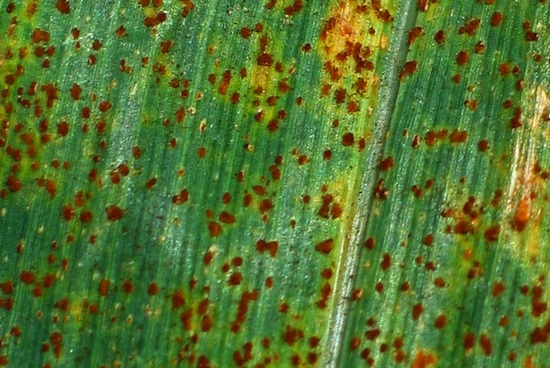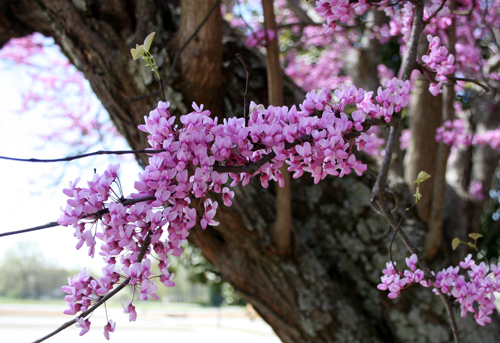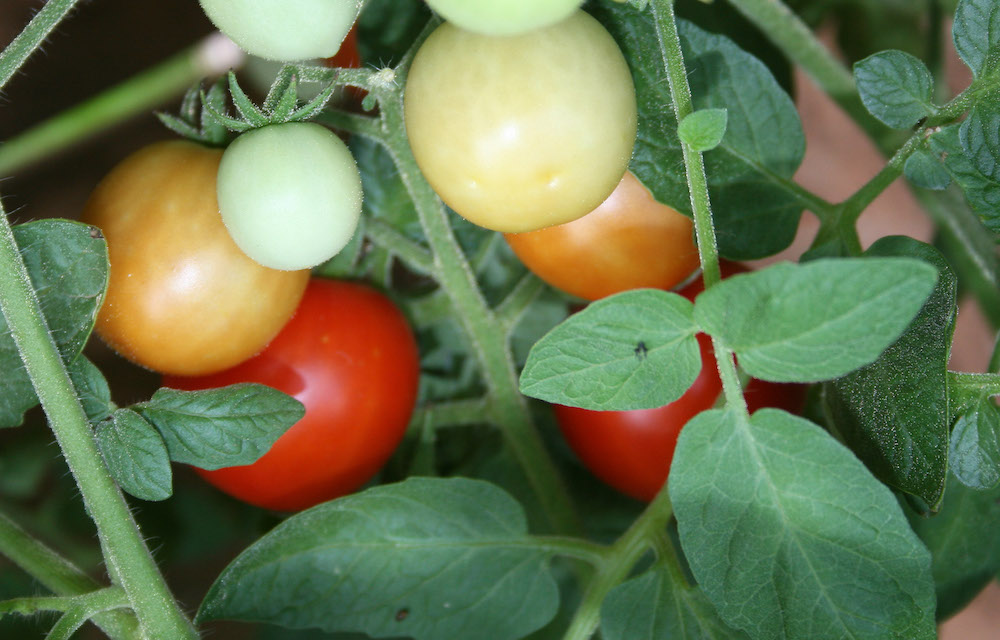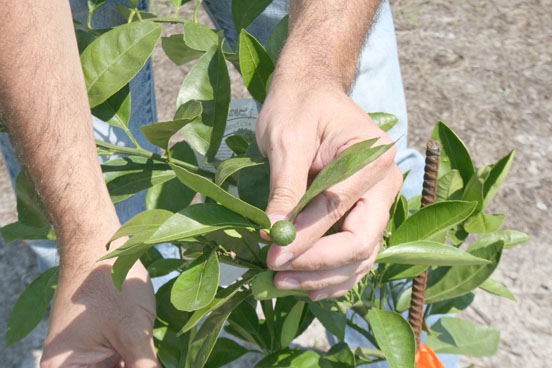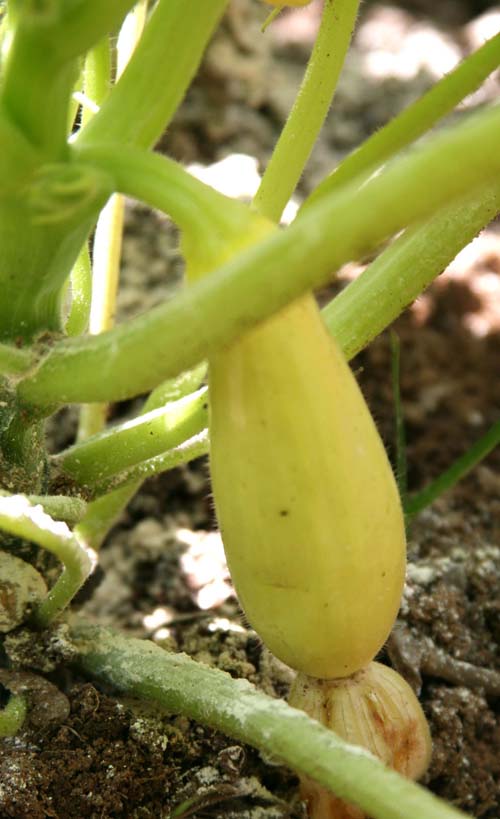 CAES News
CAES News
Donate extra fruit and vegetables to local food pantries
Are you buried in vegetables from your overabundant garden harvest? It can happen. University of Georgia experts encourage home gardeners to donate their extra vegetables to the needy.




